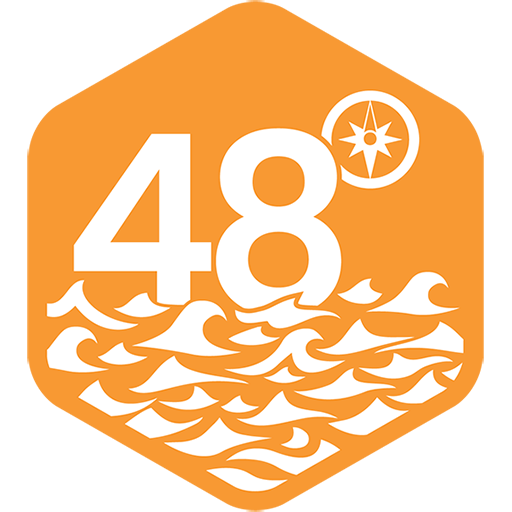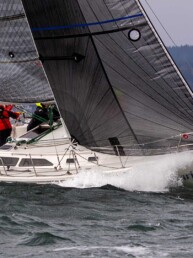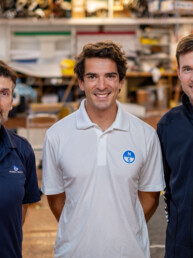Since their inception, diesel engines have been known to last for many thousands of operating hours under the most strenuous and abusive conditions, and yet recreational diesel engines seem to struggle compared to their commercial or industrial counterparts in terms of longevity. Why is that?
When working on several large commercial ships as an engineer, I operated and maintained engines that had accumulated in excess of 20,000-50,000 hours of run time. Some of these engines never got shut down and would be expected to run 24/7 with systems in place that could even change their engine oil during their operation. When the time came to tear into some of these engines for their regular maintenance (not including failures) they had cylinders that looked brand new, complete with the original machined crosshatch patterns, and their associated parts appeared to be in excellent shape despite their relentless hours of run time.
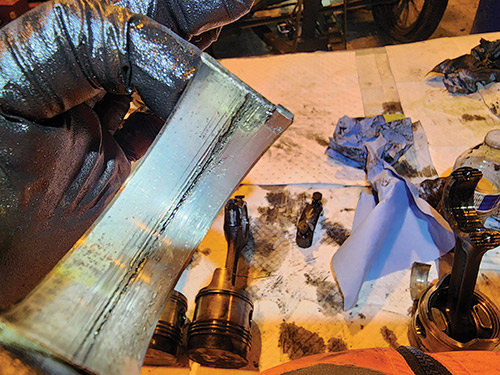
Conversely, the average recreational diesel that I service or tear down out in the field or inside my shop has excess wear and tear—severe blowby, burning oil, hard starts, low compression—with only a few thousand, or even just a few hundred, hours of run time depending on the circumstances. An average “high hour” diesel in the recreational world seems to fall around 4,000-6,000 hours. Ironically, many engines I see with the worst premature wear and tear have only 500 hours or less on them. How is this possible?
Diesel engines are designed to work and to work hard. They have always been more desirable for carrying and moving heavy loads, having good fuel economy, and for lasting longer than the average equivalent gasoline engine. They do, however, have one fairly large downfall—they are “oil burning” engines, and one huge by-product of their combustion is soot. Soot, also referred to as carbon deposits, are literal fragments of partially unburned diesel from poor or improper combustion inside the cylinder. While there are many factors that contribute to the level of soot—fouled injectors, low combustion temps, and more—even under absolutely perfect conditions, every engine will have some level of soot production, even when new. If soot levels are not controlled inside the engine, this will lead to excessive wear and tear on internal engine parts. Soot or carbon deposits are extremely abrasive. Imagine adding fine sand to your engine oil and running your engine. Soot is picked up and held in suspension in modern engine oils. That means whatever oil circulates before and after the oil filters gets spread around every part of the engine. Both mineral and synthetic engine oils sold today have special detergents in them that help capture and hold onto this soot so it can be removed from the engine during an oil change. Engine oil filters typically filter down to 5-10 microns, but a lot of soot is 2 microns or smaller.
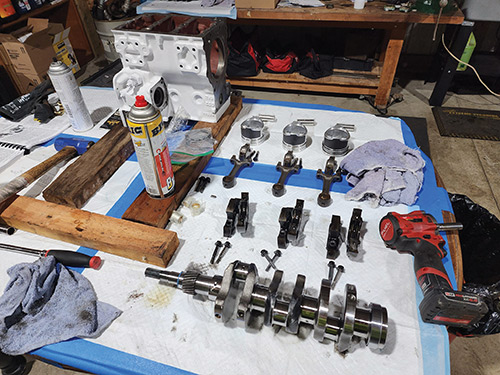
Recreational diesel engines often live the hardest life imaginable. A lot of folks “baby” their engines for various reasons, especially when brand new. Many people who have repowered their boats with a new engine tell me they are actually afraid to run them hard for fear of doing damage. More importantly, they also fail to perform a proper “break-in” period for the engine after it is installed. This is the fault of many manufacturers and boatyards who claim the engine is already “broken-in” when in reality, it usually isn’t. The reality is, the new engine is assembled and put on a “dyno” that runs it through its paces for a short period of time and is then sent off to be sold. All new engines need to be run hard for the first 100 hours or so. Failing to properly break-in a new engine can permanently shorten its life and cause severe premature internal wear. If an engine is not run hard under load when brand new, piston rings and other critical parts will never “bite-in” and conform to cylinder walls and may even begin to seize up within the first 100 hours or less resulting in severe blowby and loss of compression. I also see excessive cylinder and bearing damage from metal wear, as new engines during their break-in periods will naturally have small bits of metal that need to be cleared out often during their initial run time. It is always critical to limit idle time (avoid it at all costs early on) and change your oil more often than normal for the first few hours of running your new engine to help it avoid these issues. A good diesel mechanic can help walk you through breaking in a new engine if you need help.
But what if your engine isn’t new? Why do I see so much wear and tear on engines with only 400 hours or so of run time? Much of what I see is related to a few things: the first is the engine was not properly broken in from day one; the second is that the engine is never run hard enough or warmed up enough to be able to clear its own soot efficiently, which leads to excessive wear on internal metal parts.
Let’s say you have a sailboat and you start your engine and idle your way out of the marina, put your sails up, and turn the engine off right away. The engine never reaches operating temperature or it barely reaches it, thus combustion is poor leading to excessive soot production. The only thing that can clear soot is heat. You also may have never run the engine at the desired 75-80% or more of it’s rated RPM’s while underway—running it below these thresholds creates even more soot than normal.
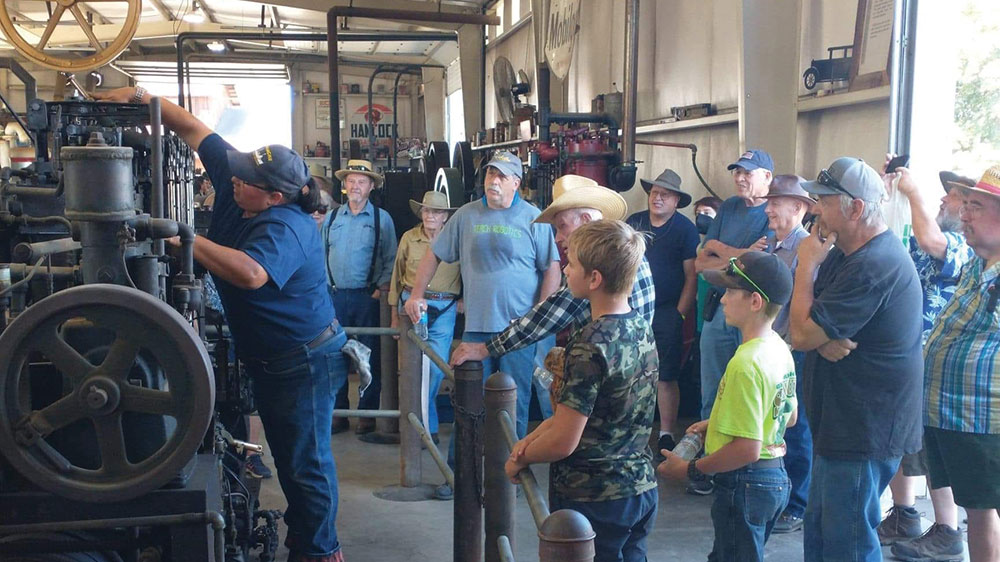
What about the powerboaters out there? Most powerboaters I talk to have one big complaint: “It’s expensive to run the engines at their rated cruising speed.” My answer to this is: you should’ve bought a sailboat. Just kidding. But jokes aside, the reality is that the cost to repair/rebuild your bigger engines from not running them hard enough will far exceed the cost of fuel it will take to run them at their rated cruising speed during their lifetime. Outside factors (poor maintenance, bad injectors, etc) not included, running your engines hard—75-80% under load while cruising—will help keep soot levels under control. And that is one of the best ways to keep your engines happy for many years.
Well maintained commercial engines often fare extremely well even in the worst environments because they are running at their rated RPM all the time, under load without much of a break. They get up to their rated operating temperature and stay there for hours or days on end. When a big industrial generator is fired up on a worksite or even in an application like a tugboat or locomotive, it immediately runs at its desired RPM under a heavy load the entire time without any idling. A large ship’s engine doesn’t typically idle much while out on the open ocean. An excavator almost always has a load because it’s running its hydraulics and moving its chassis around all day. All these engines rarely sit and idle much, nor are they shut down after only a few minutes or an hour of running. The engines that are allowed to run at slow speeds or idle, such as semi-trucks (overnight parking with the truck idling all night), or recreational applications all have the same problem, and that’s excessive soot. Take care of your engines, get out there and run them hard. And change your oil too!
Meredith Anderson is the owner of Madame Diesel, LLC, where she operates a mobile mechanic service and teaches hands-on marine diesel classes to groups and in private classes aboard clients’ own vessels.
